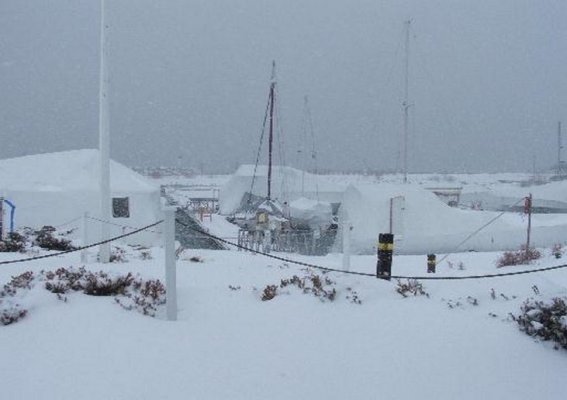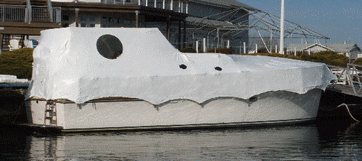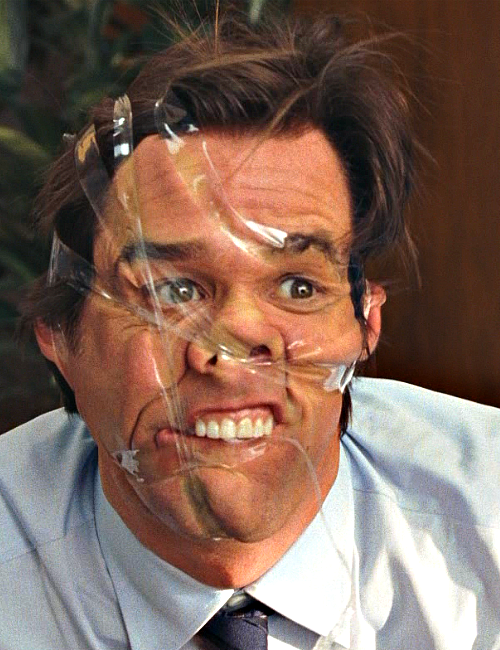GalaxyGirl
Senior Member
Hello all,
I am in the my planning stages of purchasing. I will probably end up with something in the whereabouts of a 65' Trawkler, very possibly a Hat LRC or similar. I will be living aboard in New England at a marina for a few years, taking short trips until my kids finish school.
Wondering if those of you with large boats who live in very cold temps with snow, shrink wrap or is it not necessary with a large boat?
I will definetely need to refit a central heating system if the boat does not come equipped. Do you find that in the winter, your boat is toasty warm with the heat or is it warm, but still need to wear a sweater because of not having insulation?
Will furnces run on diesel or can they run from shore power without diesel? Approximately what is your fuel or electric cost to heat your boat?
Thanks for the info.
I am in the my planning stages of purchasing. I will probably end up with something in the whereabouts of a 65' Trawkler, very possibly a Hat LRC or similar. I will be living aboard in New England at a marina for a few years, taking short trips until my kids finish school.
Wondering if those of you with large boats who live in very cold temps with snow, shrink wrap or is it not necessary with a large boat?
I will definetely need to refit a central heating system if the boat does not come equipped. Do you find that in the winter, your boat is toasty warm with the heat or is it warm, but still need to wear a sweater because of not having insulation?
Will furnces run on diesel or can they run from shore power without diesel? Approximately what is your fuel or electric cost to heat your boat?
Thanks for the info.








